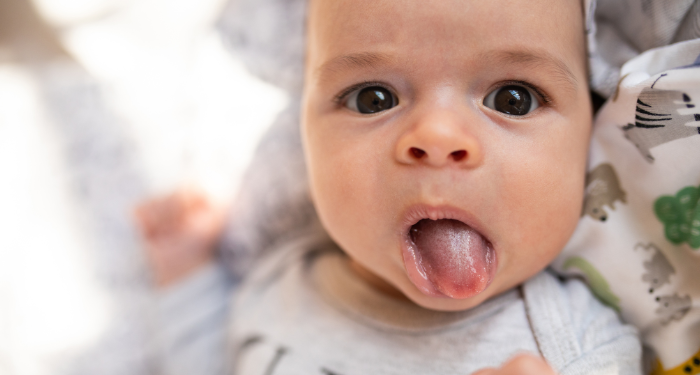with Hallie Bulkin, MA, CCC-SLP, COM
Why do parents (Hi, I’m a parent!) like sippy and 360 cups? It’s simple!
Unfortunately, while they may not be harmful to all children, we are living in an epidemic of airway deficient children who have jaws and orofacial structures that are not optimal and we need to do everything in our power to optimize their development during critical periods.
So…out with the sippy and 360!
My only disclaimer here is that if your child has special needs and this is one of the only vessels they can safely or independently drink from, and your medical team has recommended continued use of a sippy cup for reasons specific to your child, then that is the exception to the rule. But this is not most children.
For those of you wondering how you part with the cup when it’s such an easy and integrated part of your child’s hydration and day. Here are some easy solutions to make a transition away from sippy’s and 360’s and begin using straw cups and open cups throughout the day.
So why do professionals strongly recommend against the use of sippy cups or 360 cups?
Sippy cups were an invention of parental convenience. Gone are the days of suckling when it comes time to transition to an open cup or straw cup!
Sippy cups/360 cups create one of 3 atypical patterns. They perpetuate suckling which should only be present during breast and bottle feeding. 360 cups also force a bite and suck/suckle, which is also an atypical oral pattern for drinking. And they force the head/neck into extension, which is the opposite of what we want as it puts their airway at risk.
Think about it, how do we open the airway? We tilt the head/chin up/back. We do not want to purposely expose the airway by opening it while drinking (we want to protect that airway!)
SO if your child is struggling on a 360 it’s because they aren’t meant to drink this way.
How about those non-spill cups? Well, most have 2-way valves (yes, even straw cups that are “non-spill”). Valved cups are not ideal because they lead to….
Bottom line…these cups cause the child to overwork their muscles to pull the water out…all to keep our floors and their clothes clean.
As a mom I’d rather have a child with proper orofacial development and a maximized airway over clean floors and clothes (and my youngest is MESSY so this is no small feat in my house!)
NOTE: Munchkin released a straw top that fits the 360 cup. Switch them out for this new option!
Many factors come into play in regards to how our orofacial structures and swallow pattern develop. This is a BIG discussion as we need to consider epigenetics, changes in our diet over the last 50+ years, oral development in utero (did you know a fetus begins swallow around 12 weeks in utero?!), failure of apotosis and tight tissues (hello tethered oral tissues) along with general oral sensorimotor development that occurs through the first 3 years of life (to name a few!)
What we DO know when we look at all of the available data is:
So what happens when something GOES WRONG?
Research
- No one has done research on various cup vessels and their impact on oral motor development.
- We need to remember that even the highest level of research, if it were available can be biased and is never the end all be all. Not many people know how to read the research or make sense of it; and those who do often weaponize it against parents to their benefit (this is a cruel practice but one you should be aware of!)
So what do we do when we lack research?
So I encourage you as a parent or practitioner to do just this. Look BEYOND the tool itself to the skills it’s promoting. If it’s working against the end goal or the skills we expect the child to develop, it’s time to ditch that product and replace it with a more optimal option. In this case, ditch the sippy and 360 cups and replace them with straw (non-valved!) cups and open cups!
Discount codes:
Ezpz code: HALLIE10
Sensominds 20% off: HALLIEB20




